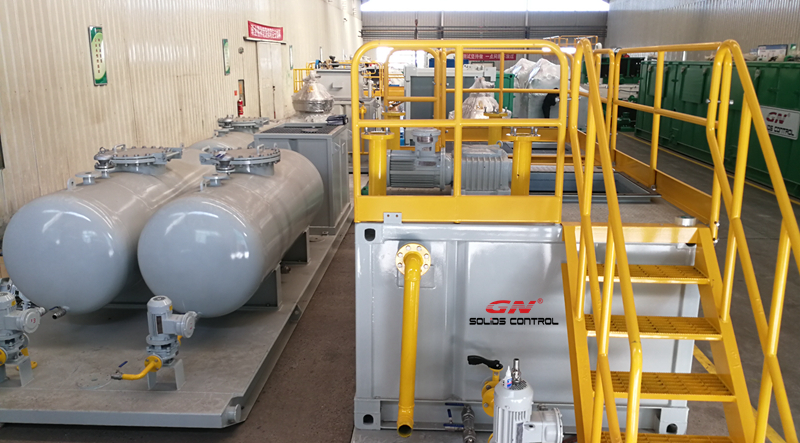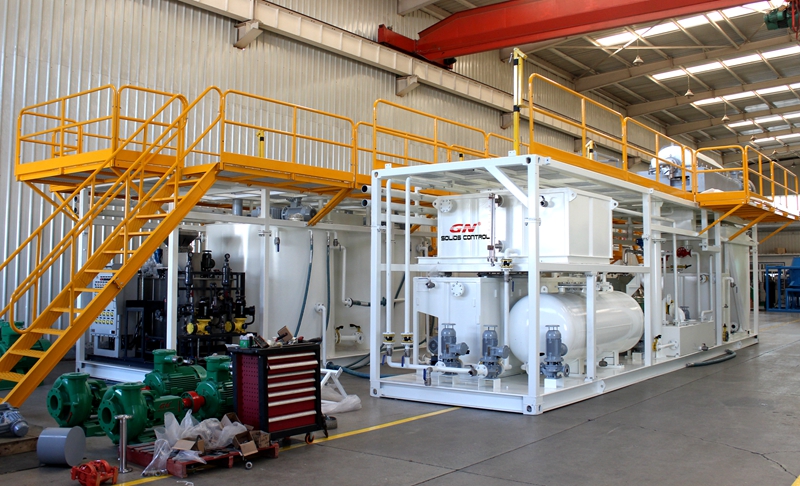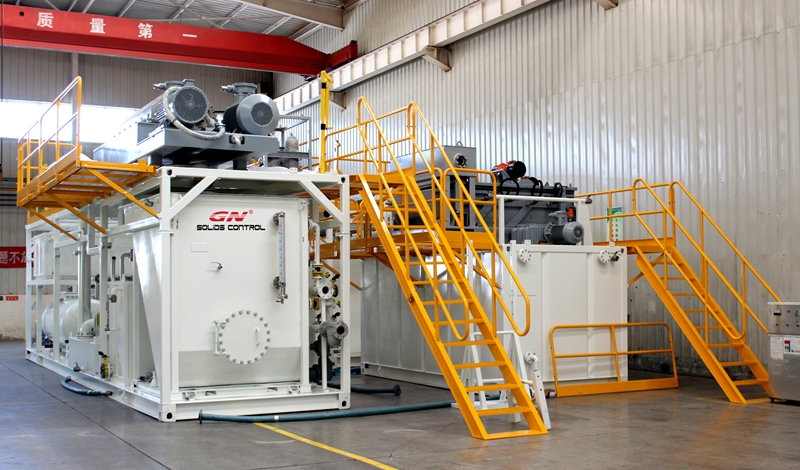Oil sludge, a byproduct of crude oil excavation, storage, gathering, transportation, processing, and crude oil production fluid treatment in oilfields, poses significant challenges due to its high oil and water content, as well as its toxic components. The sludge, which mainly includes ground sludge, clear tank sludge, and flotation scum, typically contains 10-50% oil and 40-90% water. In China’s petrochemical industry, an annual average of 800,000 tons of tank bottom and pool bottom sludge is generated, with specific fields such as Shengli Oilfield producing over 100,000 tons, Dagang Oilfield producing around 150,000 tons, and Henan Oilfield generating 5X104m³ annually.
Hazards of Oil Sludge
Oil sludge contains a plethora of hazardous substances, including benzene series compounds, powders, and heavy metals such as copper, zinc, chromium, and mercury. Additionally, it may contain salts, PCBs, dioxins, and radionuclides, all of which are difficult to degrade. The direct disposal of this sludge not only occupies valuable farmland but also poses a significant threat to the surrounding soil, water, and air quality. In recognition of these hazards, China has classified oil sludge as hazardous waste.
Current Status of Oil Sludge Treatment Equipment
As oil resources continue to diminish and extraction becomes more challenging, the use of additives in the extraction process increases, leading to a diversification of sludge components. This, in turn, necessitates changes in sludge treatment equipment and processes. A variety of sludge treatment equipment, processes, and methods exist, each with its unique characteristics.
Methods of Oil Sludge Treatment
Globally, sludge treatment methods include incineration, biological treatment, hot scrubbing, solvent extraction, chemical demulsification, and solid-liquid separation. However, despite the multitude of methods available, their adoption has been hindered by issues such as limited applicability and high processing costs. A single process or skill often fails to meet stringent environmental requirements.
Future Directions
Given these challenges, the combined use of multiple sludge treatment processes and methods is emerging as a promising direction for the harmless treatment of sludge. This approach leverages the strengths of various methods to address the complexities and diversity of sludge components, ensuring more effective and environmentally friendly treatment.
In conclusion, the treatment of oil sludge requires a comprehensive and innovative approach that combines multiple processes and methods to address its hazardous components and ensure compliance with environmental regulations. As the extraction of oil resources becomes more challenging, the development and adoption of advanced sludge treatment technologies will be crucial in protecting the environment and safeguarding public health.


